While many gardeners may think of winter as a dormant season, it’s actually possible to keep your vegetable garden alive and thriving even in the cold months. Winter gardening is all about choosing the right crops that can withstand colder temperatures, providing them with the proper care, and making use of season-extending tools like cold frames or row covers. By selecting the right varieties, you can enjoy fresh vegetables throughout the winter season. In this post, we’ll explore six excellent vegetable options to grow during the winter months.
1. Kale: A Cold-Hardy Superfood
Kale is one of the most popular and hardiest vegetables you can grow in the winter. This leafy green thrives in cooler temperatures and is known for its impressive nutritional benefits. Not only is it high in vitamins A, K, and C, but it’s also rich in antioxidants and fiber, making it a true superfood.
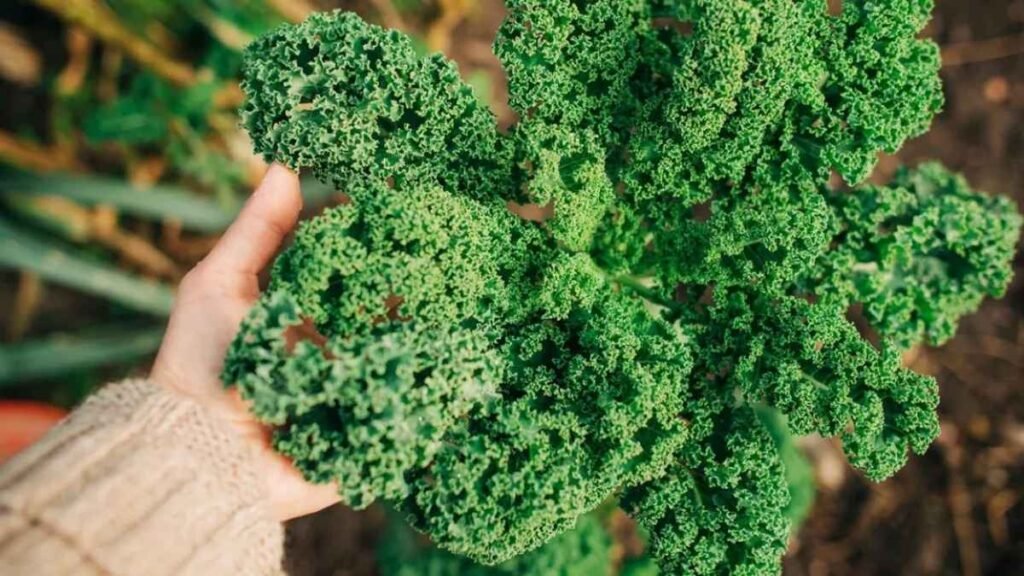
During winter, kale actually tastes sweeter after a light frost, as the cold temperatures cause the plant to convert some of its starches into sugars. Whether you’re growing curly-leafed varieties or the more delicate, flat-leafed types, kale is a perfect candidate for a winter vegetable garden. It can be grown in containers, raised beds, or directly in the ground.
To ensure your kale thrives through winter, consider using row covers or cloches to protect it from extreme cold. Kale can endure light freezes and is a reliable crop that will continue to produce throughout the season, providing you with fresh greens for your meals.
2. Spinach: A Frost-Tolerant Green
Spinach is another excellent choice for a winter garden. This leafy green is incredibly frost-tolerant and can withstand temperatures as low as 20°F (-6°C) without much damage. It grows best in cooler weather, making it ideal for planting in late fall for a winter harvest.
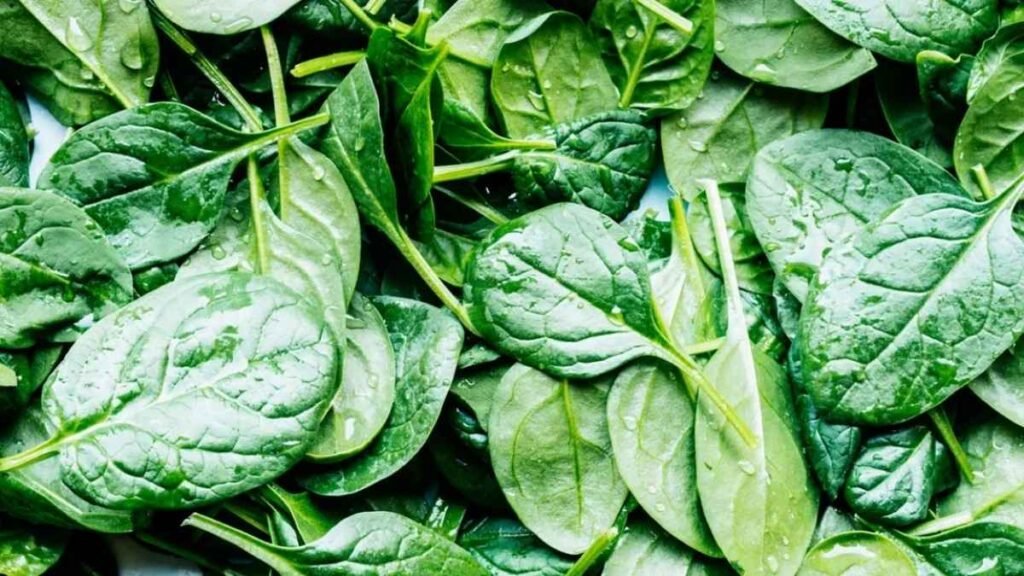
Spinach has a quick growth cycle, meaning you can enjoy its tender, nutrient-packed leaves relatively soon after sowing. For winter gardening, you can grow spinach in raised beds, containers, or directly in the ground. Just be sure to cover it with row covers or a cold frame if you’re expecting temperatures to dip drastically.
Because spinach is rich in iron, magnesium, and vitamins A and C, it’s a fantastic addition to your winter garden. Use it in soups, salads, smoothies, or sauté it with garlic for a warm, comforting dish. Spinach can also be harvested continuously as it grows, giving you fresh greens throughout the winter months.
3. Carrots: Root Vegetables for Winter Harvest
Carrots are surprisingly well-suited for winter gardening, especially when grown in regions with milder winters. Unlike many other vegetables, carrots continue to grow underground, making them less susceptible to frost. In fact, the cold can actually improve their flavor, making them sweeter and more vibrant.
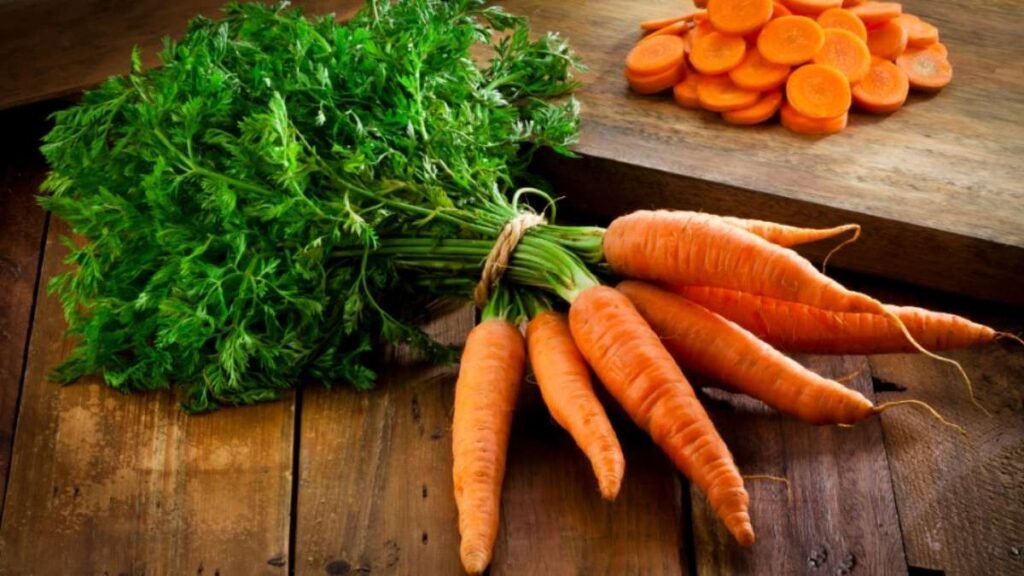
To grow carrots through the winter, plant them in late summer or early fall, giving them time to mature before the cold sets in. You can harvest carrots as needed throughout the winter by digging them up one by one, leaving the rest in the ground. This ensures that your crop stays fresh even during the cold months.
For additional protection, you can use mulch or straw to insulate the carrots, especially if you’re in a region with extreme cold. If you’re looking for a high-yield, low-maintenance vegetable for your winter garden, carrots are an excellent choice that will reward you with delicious, fresh produce when you need it most.
4. Brussels Sprouts: A Winter Vegetable That Gets Better with Frost
Brussels sprouts are often associated with colder weather, and for good reason—they actually thrive in the chillier temperatures of fall and winter. These miniature cabbage-like vegetables become sweeter and more flavorful after a frost, making them a perfect choice for a winter garden.
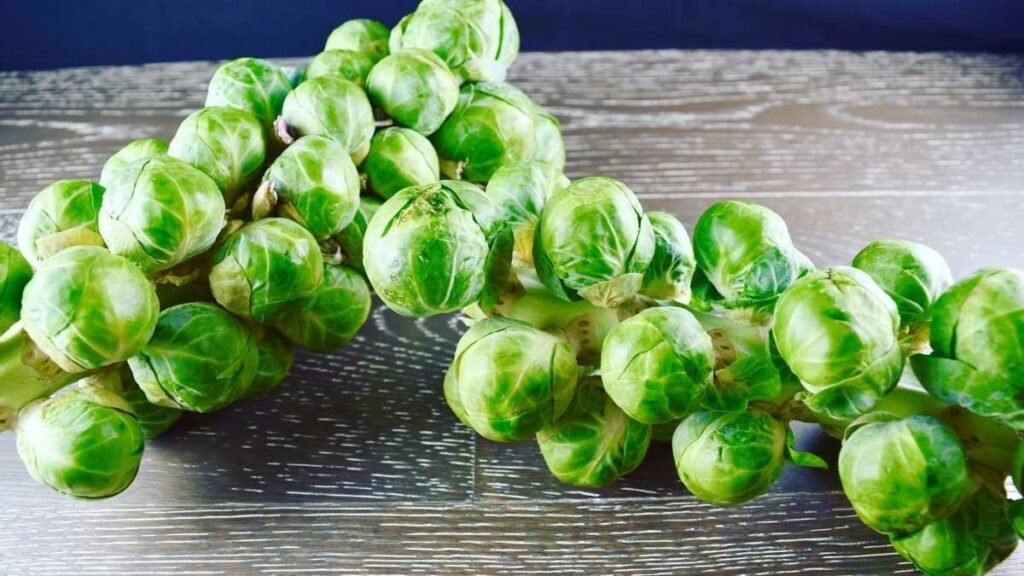
Plant Brussels sprouts in late spring or early summer, and they’ll be ready for harvest in late fall or early winter. The plants grow tall, with the sprouts forming along the stalks. To harvest, simply snap off the mature sprouts, starting from the bottom.
Brussels sprouts require some space and a fair amount of sunlight, but they’re hardy enough to survive through light frosts and even a few weeks of freezing temperatures. They’re ideal for roasting, steaming, or even incorporating into soups and stews, making them a versatile winter vegetable.
5. Winter Lettuce: Cold-Tolerant Varieties for Crisp Greens
While traditional lettuce varieties tend to bolt (go to seed) in hot weather, certain winter lettuce varieties are bred to withstand colder temperatures and continue growing through the winter months. Varieties like Winter Density, Arctic King, and Butterhead lettuce can handle temperatures down to about 20°F (-6°C) with the help of some protection.
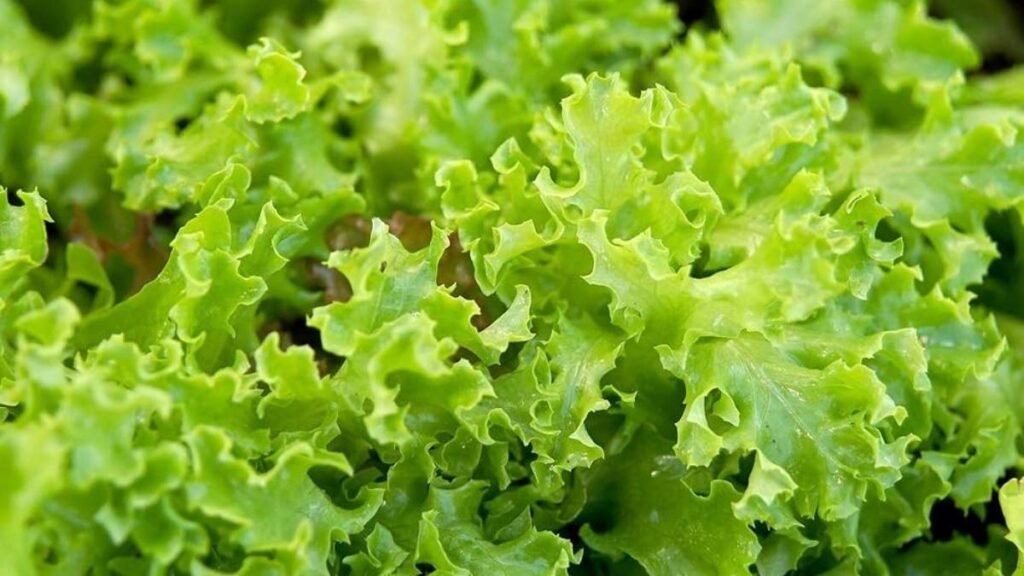
Winter lettuce grows best when given a bit of shelter from the harshest conditions, so consider using a cold frame or row covers to protect the plants from heavy frost. With these varieties, you’ll be able to enjoy crisp, fresh lettuce throughout the winter, perfect for adding to salads, sandwiches, or wraps.
Lettuce requires less space than some other vegetables and grows quickly, allowing you to enjoy multiple harvests throughout the season. The best part is that, unlike some winter vegetables, lettuce is easy to grow in containers or small garden spaces, making it ideal for gardeners with limited space.
6. Leeks: A Long-Lasting Winter Allium
Leeks are part of the allium family, which also includes garlic, onions, and shallots. These hardy vegetables are well-suited to colder climates and are particularly great for a winter garden, as they are slow-growing but can be harvested throughout the winter months.
Leeks require a long growing season, so you’ll need to plant them in early spring or summer to ensure they’re ready to harvest during winter. Once established, leeks are incredibly frost-tolerant, and the cold temperatures actually enhance their flavor, giving them a sweeter, milder taste compared to those grown in warmer months.
Leeks are perfect for adding to soups, stews, and roasts, and they keep well in storage for several weeks. To extend your harvest, you can mound soil around the base of the leeks as they grow, which encourages the white portion of the stalk to elongate and become tender. If you’re looking for a vegetable that can stand up to the winter cold and provide delicious flavor in your dishes, leeks are a great choice.
Conclusion
Winter gardening doesn’t have to be a daunting task. With the right selection of cold-hardy vegetables, you can enjoy a productive, thriving garden even in the colder months. Kale, spinach, carrots, Brussels sprouts, winter lettuce, and leeks are all excellent choices for winter vegetable gardens, each offering unique flavors, textures, and nutritional benefits.
By choosing plants that are well-suited for low temperatures and providing them with proper care and protection, you can continue to harvest fresh produce all winter long. Whether you’re a seasoned gardener or just getting started, these vegetables are perfect for ensuring that your garden remains productive and rewarding throughout the season. Happy winter gardening!

